On Thursday, July 4, 1872, ninety-six years after the signing of the Declaration of Independence, Victoria Josephine Moor Coolidge (March 14, 1846-March 14, 1885) gave birth to a male child in Plymouth Notch, a minuscule town in Windsor County in east central Vermont. As a firstborn male, he was named after his father, John Calvin Coolidge, Sr. (March 31, 1845–March 18, 1926).
In the year of young Cal's birth, his father was elected to his first of three successive terms (1872 - 1878) in the Vermont House of Representatives. Politics, therefore, became an early interest for Cal Jr.
Respected for his taciturn integrity, Calvin Coolidge Jr. enjoyed a stellar political career which encompassed public service in all levels of government: city, county, state, and federal.
In his acceptance speech as President of the Massachusetts Senate on Wednesday, January 7, 1914, Calvin presented his philosophy of government. Known as "Have Faith in Massachusetts," the speech notes:
"Don't hesitate to be as revolutionary as science. Don't hesitate to be as reactionary as the multiplication table. Don't expect to build up the weak by pulling down the strong. Don't hurry to legislate. Give administration a chance to catch up with legislation. We need a broader, firmer, deeper faith in the people; A faith that men desire to do right, that the Commonwealth is founded upon a righteousness which will endure, a reconstructed faith that the final approval of the people is given not to demagogues, slavishly pandering to their selfishness, merchandising with the clamor of the hour, but to statesmen, ministering to their welfare, representing their deep, silent, abiding convictions."
The popular speech was included in Have Faith in Massachusetts, a compilation of 33 speeches given by Calvin from January 7, 1914, to September 3, 1919. The first edition of the eponymous collection was published in September 1919, nine months after Calvin began serving as the 48th Governor of the Commonwealth of Massachusetts.
Six and one-half years later, at the 1920 Republican Convention, memories of Calvin's stirring speech motivated Oregon delegate Wallace McCamant (September 22, 1867–December 17, 1944) to lead a stunning upset over party favorite Irvine Luther Lenroot (January 31, 1869–January 26, 1949) by successfully proposing Calvin as the vice-presidential running mate of Warren Gamaliel Harding (November 2, 1865 - August 2, 1923).
The Republican ticket achieved a landslide of over 60 percent of the popular vote on Tuesday, November 2, 1920.
Sworn in as 29th Vice President on Friday, March 4, 1921, Calvin transitioned to 30th President of the United States on Thursday, August 2, 1923, upon the sudden death of Warren Harding in San Francisco, California, during his cross-country Voyage of Understanding, which entailed a demanding schedule of speeches and informal talks.
One and one-third years later, garnering 54 percent of the popular vote, Calvin won election in his own right as President on a ticket with Charles Gates Dawes (August 27, 1865–April 23, 1951).
Despite eligibility for a second full presidential term, Calvin made the stunning laconic announcement in summer 1927: "I do not choose to run for President in 1928."
True to his word, Calvin exited from the presidency on Monday, March 4, 1929. Sadly, his retirement lasted less than four years.
- Troubled by attacks of severe indigestion and distressed by the devastating magnitude of the Great Depression since Black Tuesday's stock market crash on October 29, 1929, Calvin had expressed to a friend: "I feel I no longer fit in with these times."
- Six months shy of his 61st birthday, Calvin succumbed to a massive coronary thrombosis on Thursday, January 5, 1933.


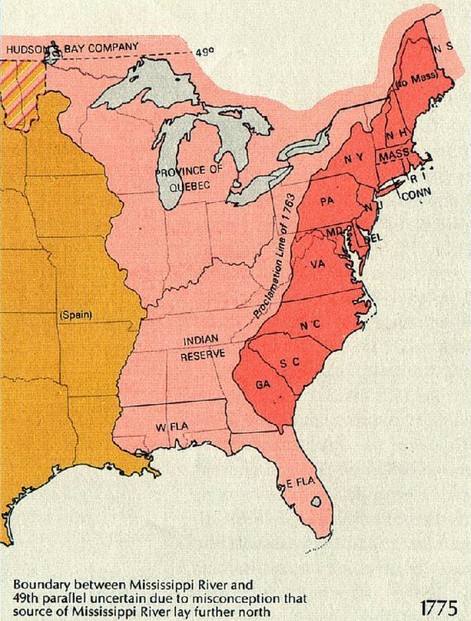
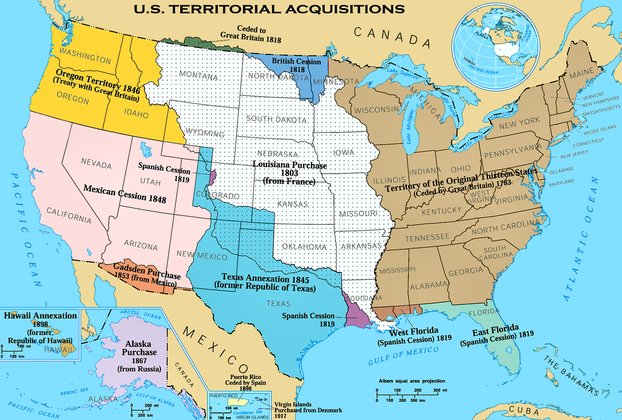
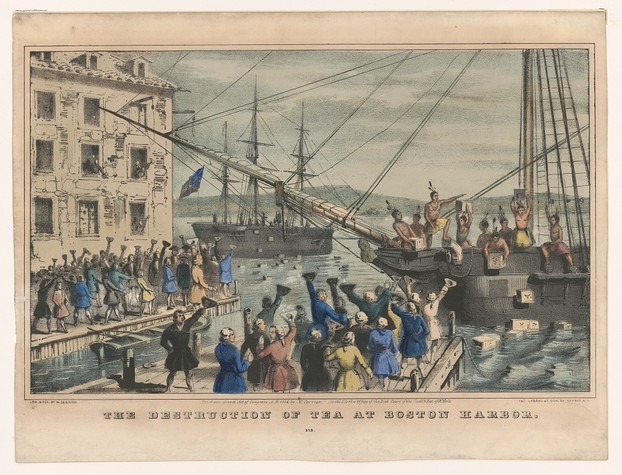
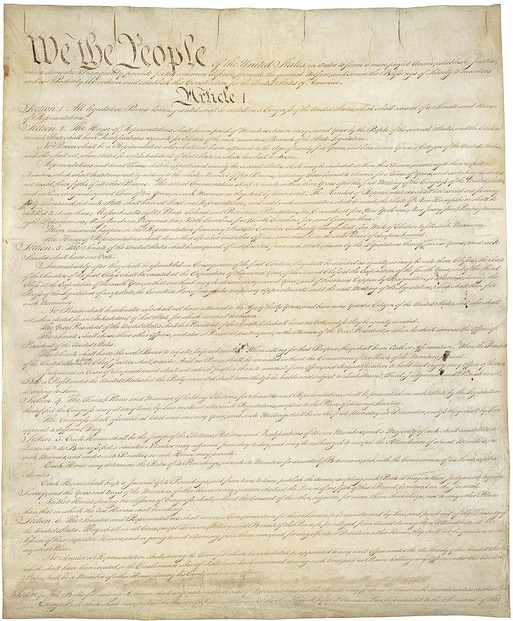
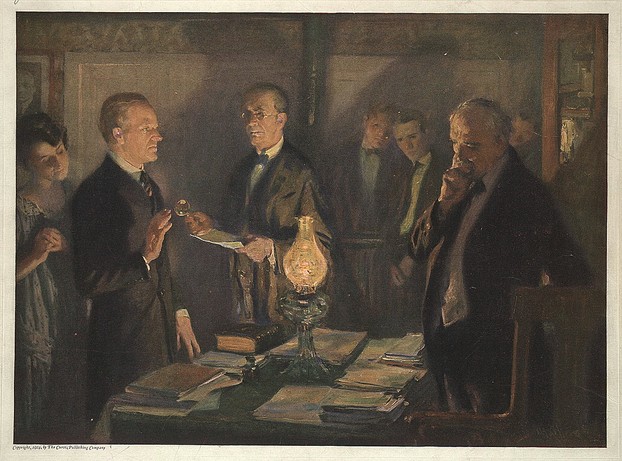
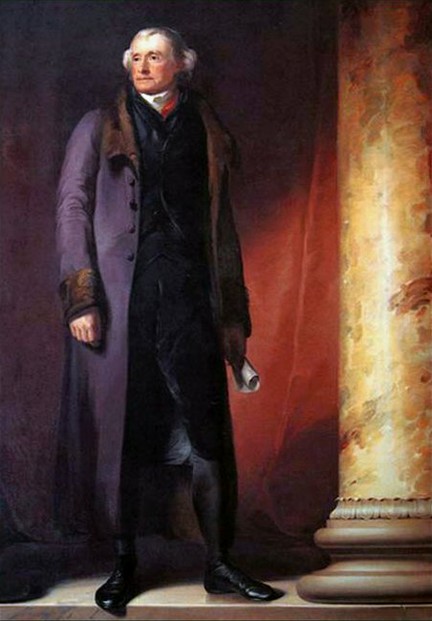
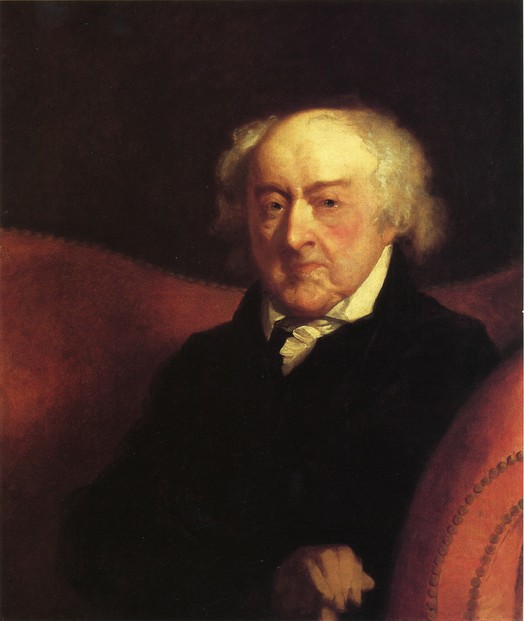
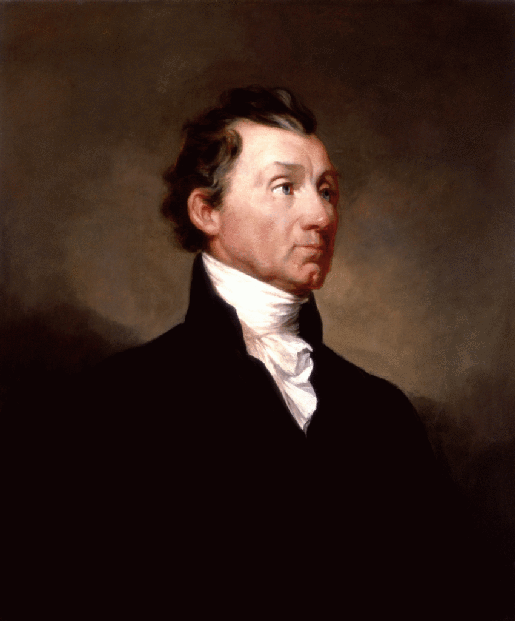
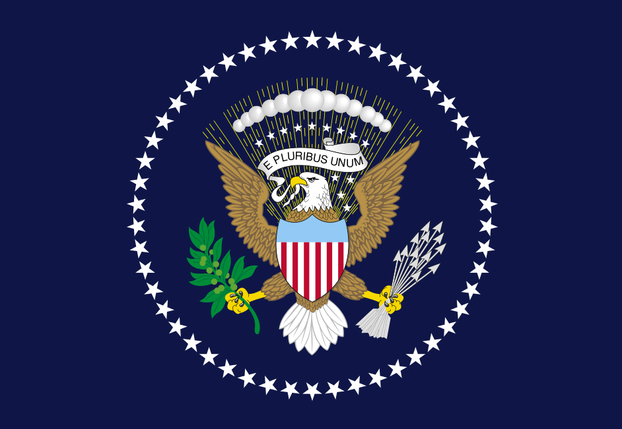
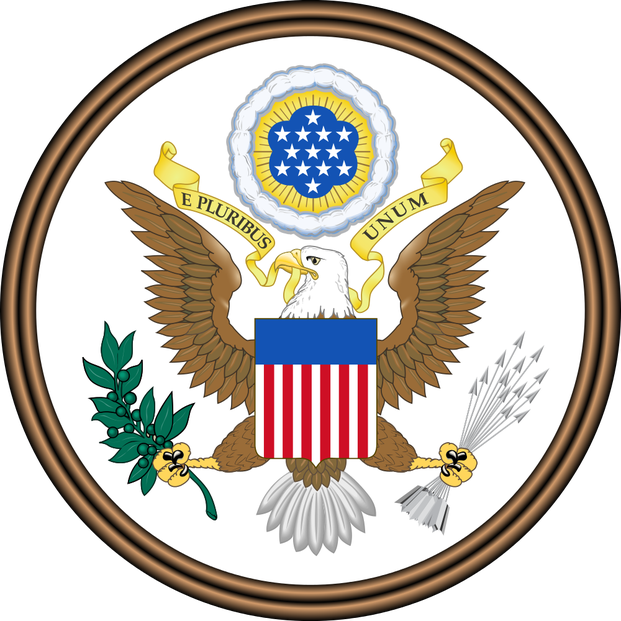
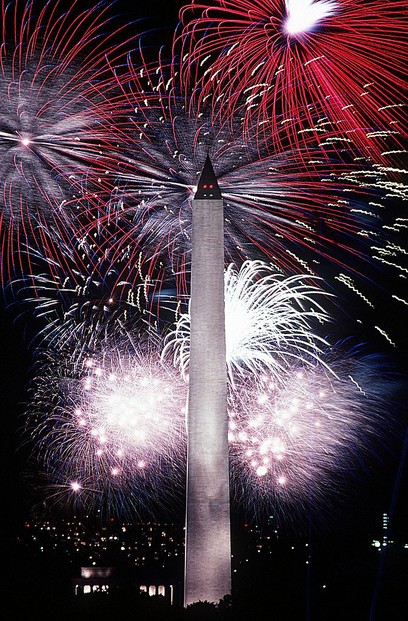






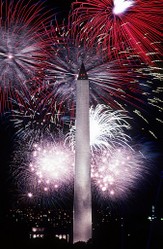

 Are Hawaiian Huakai Po Nightmarchers Avenging Halloween Thursday?on 10/02/2024
Are Hawaiian Huakai Po Nightmarchers Avenging Halloween Thursday?on 10/02/2024
 Mailing Addresses for 2023 Form 4868 Extending 1040 and 1040SR April 15, 2024, Due Dateon 04/15/2024
Mailing Addresses for 2023 Form 4868 Extending 1040 and 1040SR April 15, 2024, Due Dateon 04/15/2024
 Mailing Addresses for 2023 Forms 1040 and 1040SR Filed in 2024on 04/15/2024
Mailing Addresses for 2023 Forms 1040 and 1040SR Filed in 2024on 04/15/2024
 Mailing Addresses for 2022 Form 4868 Extending 1040 and 1040SR April 18, 2023, Due Dateon 04/13/2023
Mailing Addresses for 2022 Form 4868 Extending 1040 and 1040SR April 18, 2023, Due Dateon 04/13/2023

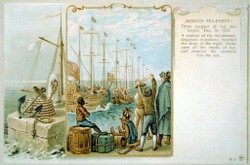
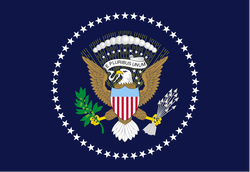
Comments